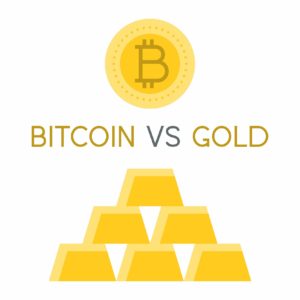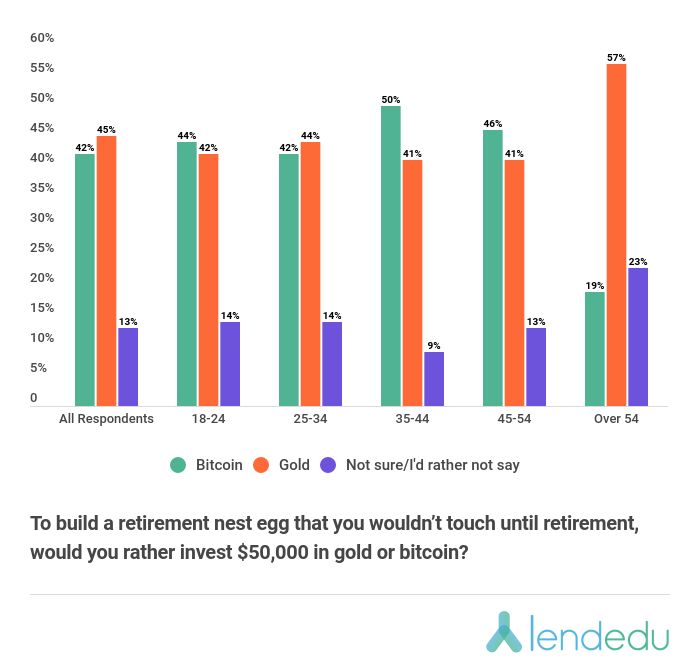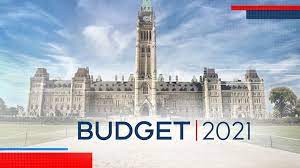
My latest MoneySense Retired Money column has just been published: it looks at how much real estate should make up of an investment portfolio, either through direct ownership in physical real estate, or through more diversified REITs or REIT ETFs. Click on the highlighted headline for the full column: How much real estate should you have in a balanced portfolio?
How much should real estate comprise in a balanced portfolio? While a principal residence certainly will be a big part of most people’s net worth, personally I don’t “count” it as part of my investment portfolio, even though it can ultimately serve as a retirement asset of last resort, via Home Equity Line of Credits (HELOCs), reverse mortgages or simply an outright sale when it’s time to enter a retirement or nursing home.
If you take that approach, and many of my advisor sources do, then the question becomes how much real estate should you have in your investment portfolio, above and beyond the roof over your head?
Certainly, if you are happy being a landlord and handy about home maintenance, direct ownership of rental apartments, duplexes or triplexes and the like is a time-honored route to building wealth. That’s the focus of organizations like the Real Estate Investment Network (REIN).
However, if you don’t want the hassle of being a landlord, you may want to try Real Estate Investment Trusts (REITs), which are far more diversified both geographically and by housing type. Some REITs focus on baskets in particular real estate sectors, such as residential apartments or retirement homes.
A still more diversified approach is to buy ETFs providing exposure to multiple major REIT categories, whether Canadian, US or international.
Adrian Mastracci, portfolio manager with Vancouver-based Lycos Wealth Management, says the REIT idea “makes sense” but suggests they should not make up more than 5 or 10% of an investor’s total wealth or not more than 7% of an equity portfolio. “I consider it part of the equity bucket. Publicly traded REITS trade more like equities than real estate.” He advises buying top-quality REITs (or ETFs holding them), diversified across Canada but avoids foreign ETFs because “you want the dividends taxed as Canadian dividends.”
Most of the major ETF suppliers with a Canadian presence have broad-based passively managed REITs although there is at least one actively managed one.
Major passive and active Canadian REIT ETFs
The Vanguard FTSE Canadian Capped REIT Index ETF (ticker VRE/TSX) was launched in 2012 and has a modest MER of 0.39%. As the name implies, any one holding is capped at 25% of the total portfolio [typically this is RioCan.] Its mix is 22% retail REITs, 19.8% office REITs, 18.5% real estate services, 18.5% residential REITs, 8.5% industrial REITs, 8.1% diversified REITs and 4.6% real estate holding and development.
An alternative is XRE, the iShares S&P/TSX Capped REIT Index ETF, trading on the launched in 2020, which holds roughly 16 Canadian REITs, with weightings almost identical to VRE. The iShares product (from BlackRock Canada) has a slightly higher MER of 0.61%. Continue Reading…









